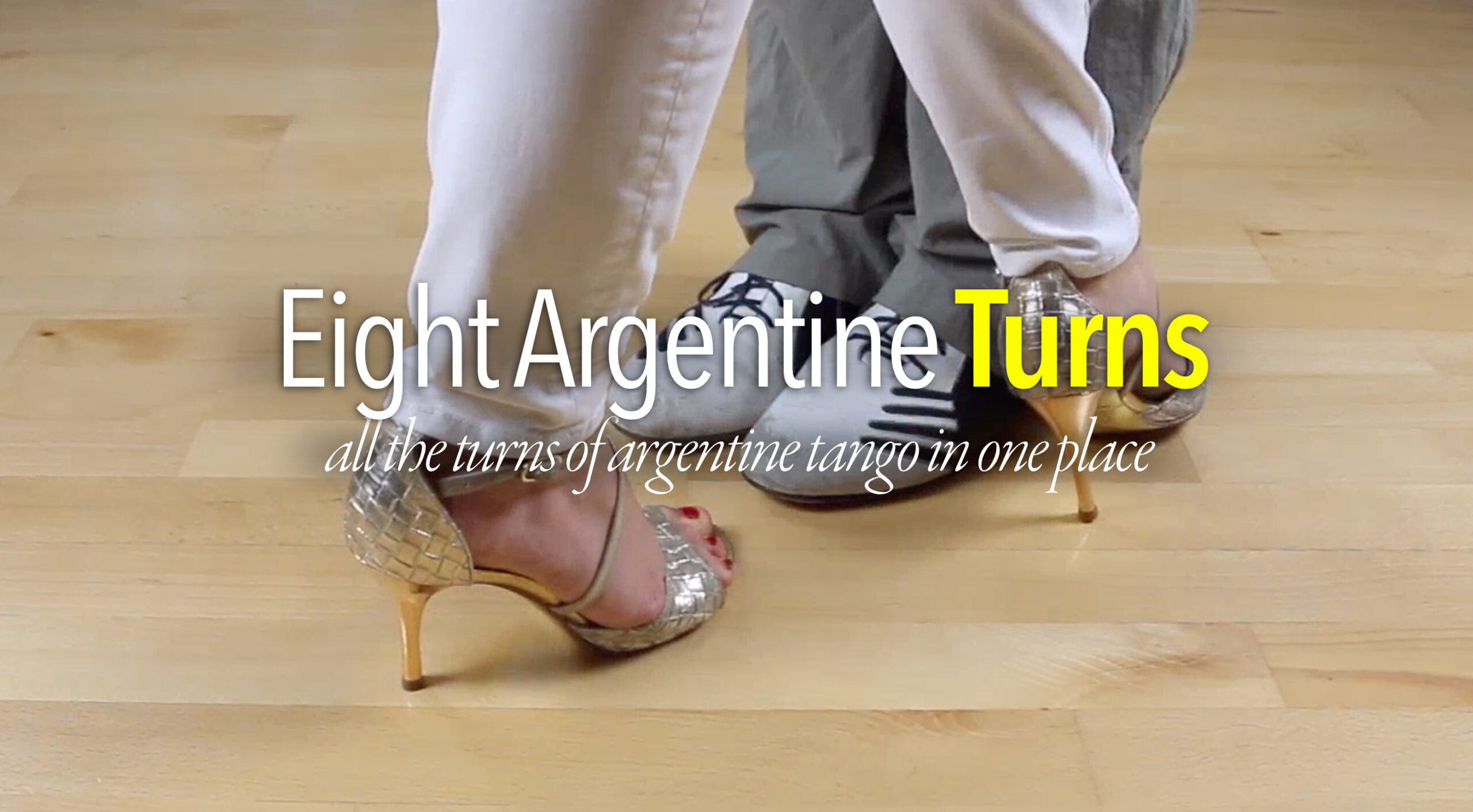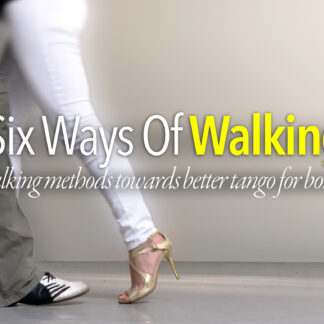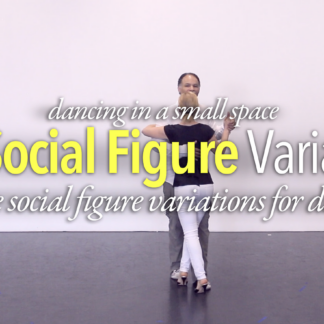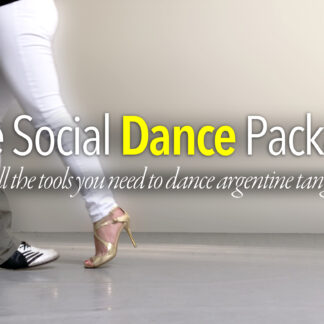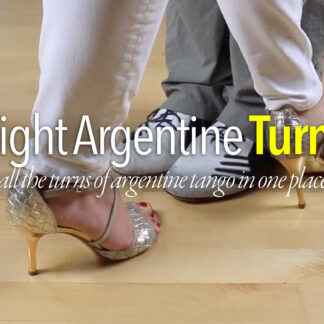Description
Video & Article
In today’s Tango world, the Turn has become a necessity. We would like to believe that Tango is the lovely and amazing walking dance that we have heard said it was. The reality is a little different. Tango is no longer a walking dance. Don’t mishear that as the walk is unimportant or that you don’t have to study how to walk. Not true. You absolutely must study your walk: How to extend your leg (forward, side, or back), how to land your foot in a step (forward, side, or back) in relation to specific vocabulary, when to flex or bend the knee and why, what part of the foot is required and when (and why), what muscles to use and why, when to use your toes, how to strengthen the foot, etc. This is the technique of walking and that stuff is extremely important in order to begin to move efficiently, and effectively. This is not something that should be left to watching a 5-minute video on YouTube but actually, spend months and literally years learning and then re-learning, and refining. Because the study of your walk, and its refinements, absolutely makes for Today’s Tango Topic to exist. One can not even begin to study this topic unless one has mastered one’s walk. And by ‘master’ we mean to infer not perfection but rather well beyond functional so that it comes fluidly from you. Without wobbling, wavering, or using your partner for stabilization in any way, shape, or form. Today’s Tango Topic deals with the next most important element beyond the walk and goes right to the heart of the statement above that Tango is no longer a walking dance. In fact, today’s modern tango is more of a turning dance more than anything else. And the reason why isn’t a one-size-fits-all answer. It’s a series of factors that generate the state of affairs in Tango. For more on what those factors are, and why they exist and how to fix it, look at Floorcraft 102 – The Incomplete Turn, it explains those details in spades. So the turn has become the defacto, go to element that one must study with as much diligence as one studies one’s walk.
We see the turn as one of the 5 Social Figures of Tango Vocabulary that is used in every dance by every dancer at every Milonga in the world. It is almost as ubiquitous as the Argentine Cross. So much so that one may lead or follow a turn and not even be aware that they’re doing it. The primary turn that is taught and then danced is the Molinete/Giro structure. From a Leading perspective, this primary or basic piece of vocabulary is one of the ways that we can create navigational structure as well as generate musical structure. And it also has the obvious ability that allows to use it as filler content until we’re ready to do something else that may lead up to something else. From a Following perspective, it is one of the very first things we are taught to master and must become facile with because our very tango lives depend on it for a whole host of reasons which will become obvious later on down the line.
However, ‘The Turn’ isn’t a singular turn. There are in fact EIGHT, yes you read that correctly, EIGHT types of Turns in Argentine Tango. And that’s what this video is all about.
That said, let’s take a deep dive into the 8 Types of Turns for Argentine Tango.
